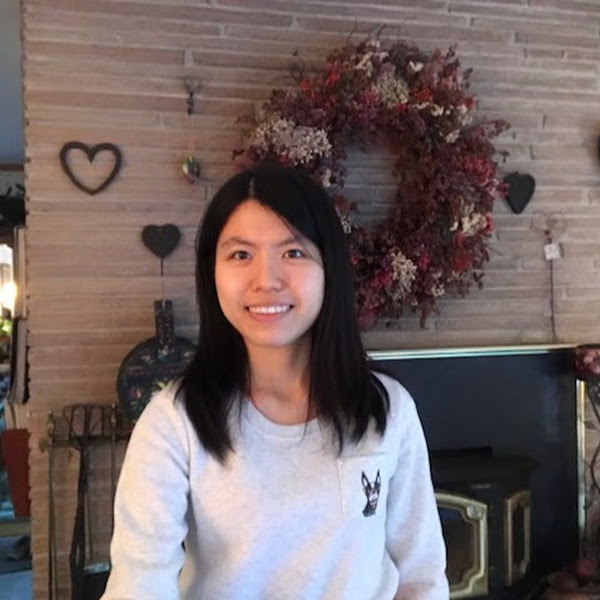
Junjie Ke
Research Areas
Authored Publications
Sort By
Rich Human Feedback for Text to Image Generation
Katherine Collins
Nicholas Carolan
Youwei Liang
Peizhao Li
Dj Dvijotham
Gang Li
Sarah Young
Jiao Sun
Kai Kohlhoff
Arseniy Klimovskiy
2024
Preview abstract
Recent Text-to-Image (T2I) generation models such as Stable Diffusion and Imagen have made significant progress in generating high-resolution images based on text descriptions. However, many generated images still suffer from issues such as artifacts/implausibility, misalignment with text descriptions, and low aesthetic quality.
Inspired by the success of Reinforcement Learning with Human Feedback (RLHF) for large language models, prior work collected human-provided scores as feedback on generated images and trained a reward model to improve the T2I generation.
In this paper, we enrich the feedback signal by (i) marking image regions that are implausible or misaligned with the text, and (ii) annotating which keywords in the text prompt are not represented in the image.
We collect such rich human feedback on 18K generated images and train a multimodal transformer to predict these rich feedback automatically.
We show that the predicted rich human feedback can be leveraged to improve image generation, for example, by selecting high-quality training data to finetune and improve the generative models, or by creating masks with predicted heatmaps to inpaint the problematic regions.
Notably, the improvements generalize to models (Muse) beyond those used to generate the images on which human feedback data were collected (Stable Diffusion variants).
View details
Rich features for perceptual quality assessment of UGC videos
Joong Yim
CVPR 2021
Preview abstract
Video quality assessment for User Generated Content (UGC) is an important topic in both industry and academia. Most existing methods only focus on one aspect of the perceptual quality assessment, such as technical quality or compression artifacts. In this paper, we create a large scale dataset to comprehensively investigate characteristics of generic UGC video quality. Besides the subjective ratings and content labels of the dataset, we also propose a DNN-based framework to thoroughly analyze importance of content, technical quality, and compression level in perceptual quality. Our model is able to provide quality scores as well as human-friendly quality indicators, to bridge the gap between low level video signals to human perceptual quality. Experimental results show that our model achieves state-of-the-art correlation with Mean Opinion Scores (MOS).
View details
Multi-path Neural Networks for On-device Multi-domain Visual Classification
Andrew Howard
Gabriel M. Bender
Grace Chu
Jeff Gilbert
Joshua Greaves
Proceedings of the IEEE/CVF Winter Conference on Applications of Computer Vision (WACV) (2021), pp. 3019-3028
Preview abstract
Learning multiple domains/tasks with a single model is important for improving data efficiency and lowering inference cost for numerous vision tasks, especially on resource-constrained mobile devices. However, hand-crafting a multi-domain/task model can be both tedious and challenging. This paper proposes a novel approach to automatically learn a multi-path network for multi-domain visual classification on mobile devices. The proposed multi-path network is learned from neural architecture search by applying one reinforcement learning controller for each domain to select the best path in the super-network created from a MobileNetV3-like search space. An adaptive balanced domain prioritization algorithm is proposed to balance optimizing the joint model on multiple domains simultaneously. The determined multi-path model selectively shares parameters across domains in shared nodes while keeping domain-specific parameters within non-shared nodes in individual domain paths. This approach effectively reduces the total number of parameters and FLOPS, encouraging positive knowledge transfer while mitigating negative interference across domains. Extensive evaluations on the Visual Decathlon dataset demonstrate that the proposed multi-path model achieves state-of-the-art performance in terms of accuracy, model size, and FLOPS against other approaches using MobileNetV3-like architectures. Furthermore, the proposed method improves average accuracy over learning single-domain models individually, and reduces the total number of parameters and FLOPS by 78% and 32% respectively, compared to the approach that simply bundles single-domain models for multi-domain learning.
View details
Preview abstract
We study the effect of normalization on single domain generalization, the goal of which is to learn a model that performs well on many unseen domains with only single do-main data for training. We propose a new type of normalization, LSLR , that has an adaptive form that generalizes other normalizations. The key idea is to learn both the standardization and rescaling statistics for normalization with neural networks. This new normalization has better adaptivity and is capable of helping model generalize better for single domain generalization with a robust objective. Combined with adversarial domain augmentation methods, we can optimize the robust objective approximately. We show that our method consistently outperforms the baselines and achieves state-of-the-art results on three standard bench-marks for single domain generalization.
View details
MUSIQ: Multi-scale Image Quality Transformer
Proceedings of the IEEE/CVF International Conference on Computer Vision (ICCV) (2021)
Preview abstract
Image quality assessment (IQA) is an important research topic for understanding and improving visual experience. The current state-of-the-art IQA methods are based on convolutional neural networks (CNNs). The performance of CNN-based models is often compromised by the fixed shape constraint in batch training. To accommodate this, the input images are usually resized and cropped to a fixed shape, causing image quality degradation. To address this, we design a multi-scale image quality Transformer (MUSIQ) to process native resolution images with varying sizes and aspect ratios. With a multi-scale image representation, our proposed method can capture image quality at different granularities. Furthermore, a novel hash-based 2D spatial embedding and a scale embedding is proposed to support the positional embedding in the multi-scale representation. Experimental results verify that our method can achieve state-of-the-art performance on multiple large scale IQA datasets such as PaQ-2-PiQ, SPAQ, and KonIQ-10k.
View details
